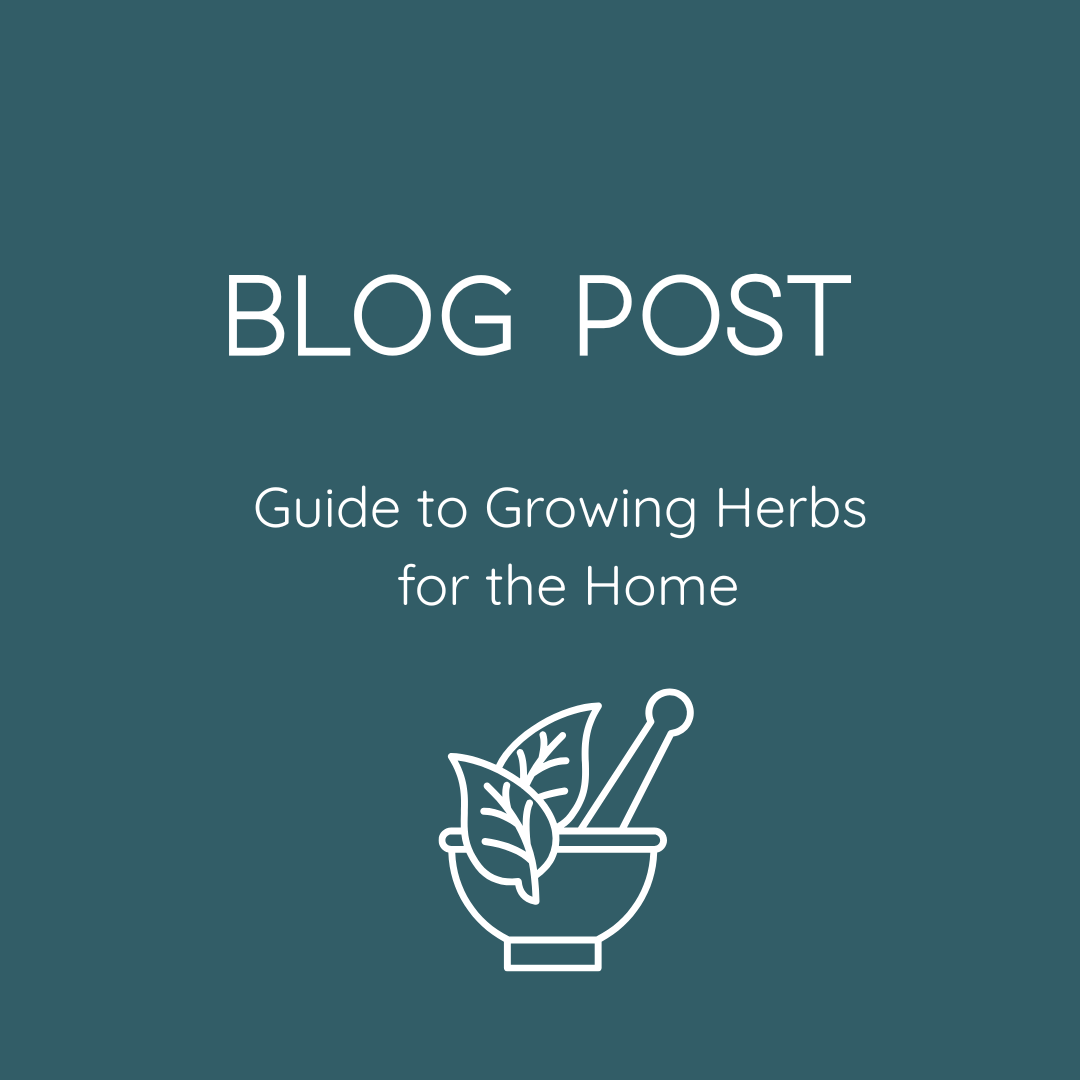Herbs have graced human civilisation for millennia, weaving their aromatic threads through our kitchens, medicine cabinets and cultural traditions. These remarkable plants offer far more than simple seasoning—they represent a living pharmacy and pantry that can transform both your cooking and your family’s wellbeing. From the humble parsley adorning your windowsill to the robust rosemary flourishing in your garden, herbs provide an accessible gateway to self-sufficiency and natural living.
Growing herbs at home connects us to an ancient practice that spans continents and cultures. The Egyptians cultivated herbs along the Nile for mummification and medicine, while medieval monastery gardens preserved knowledge of herbal remedies through the Dark Ages. This rich heritage continues today as modern families rediscover the joy and practicality of maintaining their own herb gardens.
Whether you possess sprawling garden beds or a modest windowsill, herbs adapt remarkably well to various growing conditions. They require minimal space, offer generous harvests, and provide year-round benefits that extend far beyond their culinary applications. The investment in time and resources proves minimal compared to the substantial returns in flavour, fragrance, and natural remedies.

Understanding Herbs: Nature’s Multitasking Marvels
Herbs encompass a diverse group of plants valued primarily for their leaves, though stems, flowers, and seeds often prove equally useful. Unlike vegetables grown for sustenance or flowers cultivated purely for beauty, herbs serve multiple purposes simultaneously. They enhance our meals, support our health, repel unwanted insects and create pleasant aromatherapy experiences throughout our homes.
The distinction between culinary and medicinal herbs often blurs, as many plants serve both purposes effectively. Oregano transforms pizza whilst simultaneously offering antimicrobial properties. Chamomile creates soothing evening teas while its flowers can calm irritated skin. This dual nature makes herbs particularly valuable for families seeking natural alternatives to commercial products.
Most herbs thrive in well-draining soil and appreciate sunny locations, though many tolerate partial shade admirably. Their Mediterranean origins mean many common varieties actually prefer slightly poor soil conditions over rich, heavily fertilised ground. This hardiness makes them ideal choices for beginning gardeners or those with challenging growing conditions.
The Top 10 Essential Herbs for Every Family Garden
1. Basil (Ocimum basilicum)
Sweet basil reigns supreme among summer herbs, with its distinctive aroma instantly evoking thoughts of fresh pesto and Mediterranean cuisine. This tender annual requires warm conditions and protection from cold winds, making it perfect for sunny windowsills or sheltered garden spots.
The bright green, oval leaves possess a complex flavour profile combining sweet, spicy and slightly minty notes. Basil pairs beautifully with tomatoes, mozzarella, and olive oil, creating classic combinations that define Italian cooking. Beyond culinary applications, basil demonstrates natural antibacterial properties and traditionally aids digestion.
Growing tip: Pinch flower buds regularly to encourage leaf production and prevent the plant from becoming bitter.
Recipe idea: Create fresh pesto by blending basil leaves with garlic, pine nuts, Parmesan cheese and olive oil.
Natural remedy: Steep fresh basil leaves in hot water for a digestive tea that can soothe upset stomachs.
2. Rosemary (Rosmarinus officinalis)
This woody perennial herb brings the essence of Mediterranean hillsides to British gardens. Rosemary’s needle-like leaves release an intensely aromatic, pine-like fragrance that persists year-round. The plant develops into an attractive evergreen shrub that can live for decades with proper care.
Rosemary’s robust flavour complements roasted meats, particularly lamb and chicken, whilst its sturdy stems can serve as natural skewers for grilling. The herb contains powerful antioxidants and traditionally supports memory and concentration—hence the phrase “rosemary for remembrance.”
Growing tip: Plant rosemary in well-draining soil and avoid overwatering, as waterlogged roots quickly lead to plant death.
Recipe idea: Thread vegetables onto stripped rosemary stems for aromatic kebabs that infuse food with subtle herbal notes.
Natural remedy: Boil rosemary sprigs in water to create a hair rinse that adds shine and may stimulate circulation.
3. Thyme (Thymus vulgaris)
Common thyme forms low, spreading mats of tiny leaves that pack extraordinary flavour intensity. This hardy perennial tolerates drought conditions admirably and produces delicate flowers that attract beneficial pollinators throughout summer months.
The small leaves offer earthy, slightly minty flavours with subtle floral undertones. Thyme forms the backbone of French cuisine’s bouquet garni and enhances everything from slow-cooked stews to roasted vegetables. Medicinally, thyme contains thymol, a compound with strong antiseptic properties.
Growing tip: Harvest thyme regularly to encourage new growth, cutting stems just above leaf nodes.
Recipe idea: Create herb-crusted chicken by mixing fresh thyme with breadcrumbs, lemon zest and olive oil.
Natural remedy: Gargle cooled thyme tea to soothe sore throats and combat bacterial infections.
4. Sage (Salvia officinalis)
Purple-tinged sage leaves possess a distinctive earthy, slightly bitter flavour that intensifies when cooked. This Mediterranean perennial develops into an attractive shrub with soft, grey-green foliage that provides year-round garden interest.
Sage pairs exceptionally well with pork, turkey, and rich autumn vegetables like squash and pumpkin. The herb’s strong flavour means a little goes a long way in cooking applications. Traditional medicine values sage for its astringent properties and potential cognitive benefits.
Growing tip: Prune sage lightly after flowering to maintain compact growth and prevent woody stems.
Recipe idea: Fry whole sage leaves in butter until crispy for a simple pasta sauce that showcases the herb’s unique flavour.
Natural remedy: Sage tea may help reduce excessive sweating and provide relief during menopause.
5. Oregano (Origanum vulgare)
True oregano delivers the authentic Mediterranean flavours essential to Greek and Italian cuisines. This spreading perennial produces clusters of small white or pink flowers that attract butterflies whilst the leaves maintain their potent flavour even when dried.
Fresh oregano offers bright, pungent notes with hints of lemon and pine. The herb transforms simple tomato sauces, enhances grilled meats, and provides the characteristic flavour in Greek dishes like moussaka and Greek salad. Oregano contains compounds with antimicrobial and antioxidant properties.
Growing tip: Divide oregano clumps every few years to maintain vigorous growth and prevent overcrowding.
Recipe idea: Make Greek-inspired roasted potatoes with olive oil, lemon juice, and fresh oregano.
Natural remedy: Oregano oil, properly diluted, can address fungal infections and respiratory issues.
6. Parsley (Petroselinum crispum)
Both flat-leaf and curly parsley varieties deserve space in family gardens, though flat-leaf types generally offer superior flavour for cooking applications. This biennial herb provides abundant harvests throughout its growing season and tolerates partial shade conditions.
Fresh parsley brightens virtually any savoury dish with its clean, slightly peppery taste. The herb contains exceptional levels of vitamin C, vitamin K and antioxidants. Parsley supports kidney function and traditionally freshens breath after garlic-heavy meals.
Growing tip: Soak parsley seeds in warm water for 24 hours before sowing to improve germination rates.
Recipe idea: Create traditional tabbouleh salad featuring chopped parsley, tomatoes, cucumber, and bulgur wheat.
Natural remedy: Parsley tea may support kidney health and help reduce water retention.
7. Mint (Mentha species)
Various mint species bring cooling properties and distinctive flavours to gardens and kitchens alike. Spearmint offers the classic mint taste, whilst peppermint provides more intense, cooling sensations. These vigorous perennials spread readily and benefit from contained growing conditions.
Fresh mint leaves enhance both sweet and savoury dishes, from lamb accompaniments to refreshing summer beverages. The herb’s cooling properties make it valuable for digestive issues, whilst its antimicrobial compounds support oral health.
Growing tip: Plant mint in containers to prevent aggressive spreading, or install root barriers in garden beds.
Recipe idea: Prepare traditional mint sauce by combining chopped mint with vinegar and sugar for roasted lamb.
Natural remedy: Peppermint tea soothes digestive discomfort and may help relieve headaches.
8. Chives (Allium schoenoprasum)
These slender perennial herbs offer the mildest flavour in the onion family, making them perfect for delicate dishes and garnishing applications. Chives produce attractive purple pompom flowers that are both edible and ornamental.
The hollow, grass-like leaves provide subtle onion flavours that enhance eggs, potatoes, and creamy sauces without overwhelming delicate ingredients. Chives contain beneficial compounds found in other allium vegetables, including immune-supporting properties.
Growing tip: Cut chives like grass, harvesting outer stems first to encourage continuous growth.
Recipe idea: Fold chopped chives into scrambled eggs or sprinkle over baked potatoes with soured cream.
Natural remedy: Chives support cardiovascular health and may help regulate blood pressure naturally.
9. Coriander (Coriandrum sativum)
Both the leaves (cilantro) and seeds of coriander plants offer distinct flavours and culinary applications. This annual herb grows quickly from seed and provides continuous harvests when succession planted every few weeks.
Fresh coriander leaves possess a bright, citrusy flavour that some find polarising due to genetic variations in taste perception. The herb proves essential in Mexican, Indian, and Middle Eastern cuisines. Coriander seeds develop warm, slightly sweet flavours when dried and ground.
Growing tip: Sow coriander seeds directly where they’ll grow, as plants dislike root disturbance.
Recipe idea: Make fresh salsa verde combining coriander, jalapeños, lime juice, and olive oil.
Natural remedy: Coriander seeds steeped in water may aid digestion and help regulate blood sugar levels.
10. Lavender (Lavandula angustifolia)
English lavender brings both culinary possibilities and therapeutic benefits to family gardens. This drought-tolerant perennial produces fragrant purple spikes that dry beautifully for craft projects and aromatherapy applications.
Culinary lavender requires careful application, as its intense floral flavour can easily overwhelm dishes. The herb works wonderfully in baked goods, honey infusions, and herbal teas. Lavender’s calming properties make it valuable for stress reduction and sleep improvement.
Growing tip: Prune lavender after flowering to maintain compact shape and encourage vigorous growth.
Recipe idea: Infuse honey with dried lavender flowers for a fragrant sweetener perfect for tea or desserts.
Natural remedy: Lavender sachets placed under pillows may improve sleep quality and reduce anxiety.
Creating Your Family Herb Sanctuary
Establishing a thriving herb garden requires minimal space and investment whilst providing substantial returns for years to come. These ten essential herbs adapt to various growing conditions and offer countless opportunities for culinary creativity and natural wellness.
Consider beginning with just three or four varieties that match your family’s preferences and growing conditions. Success with initial plantings builds confidence and enthusiasm for expanding your herbal repertoire. Many herbs self-seed readily, ensuring continuous supplies with minimal effort once established.
The practice of growing, harvesting, and using fresh herbs connects families to seasonal rhythms and traditional knowledge. Children learn valuable lessons about plant life cycles, whilst adults rediscover the satisfaction of providing natural ingredients for their households.
Your herb garden represents an investment in both flavour and wellness that will reward your family for years to come. Each harvest brings opportunities to create memorable meals, natural remedies, and aromatic home environments that commercial products simply cannot replicate.
Continue Reading: How to Grow Herbs for Fish Recipes, How to Grow Essential Herbs for Beef Recipe Cooking, Herb Gardening for Chicken Recipes, How to Grow Herbs for Italian Cooking at Home, Grow Herbs for French Cooking at Home
Follow Us on Instagram for Daily Grow Your Own Inspiration 💚
